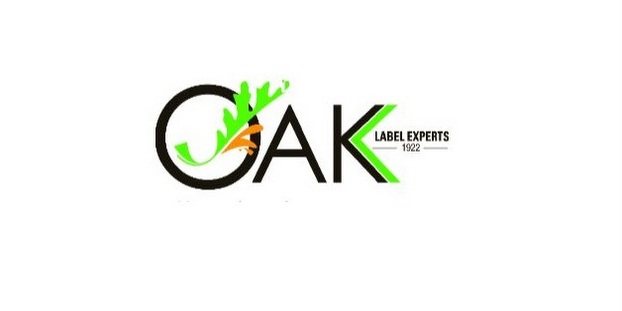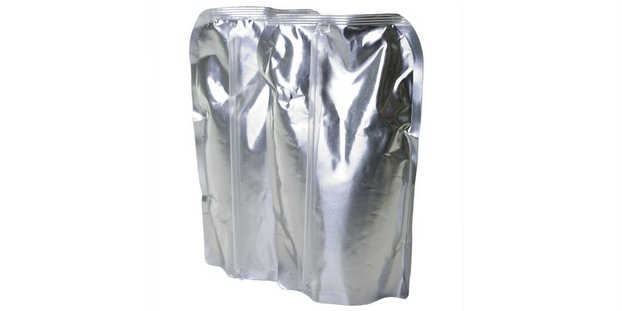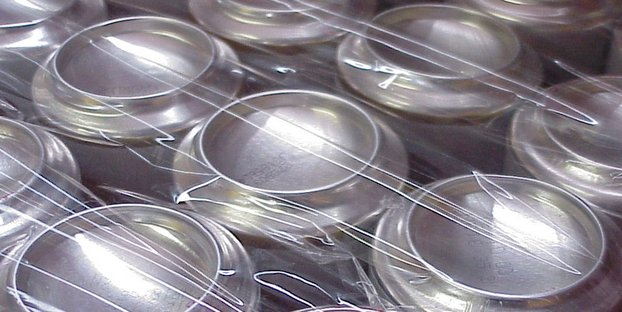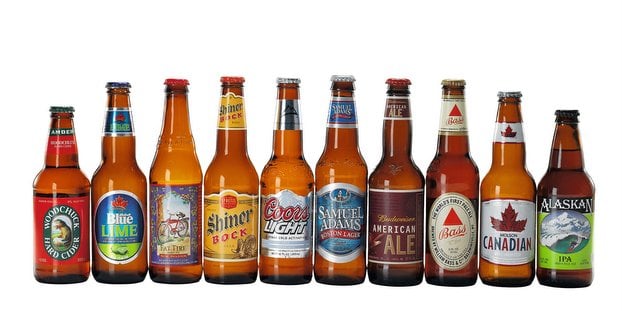Oak Printing knows printing (of course), but especially beer labels. Founded in 1922, Oak is now one of the leading providers of cut and stack labels to the craft beer industry and is headed by third-generation leadership in president Jim Helms. They also live right down the street from the CBB offices here in Cleveland, but we still traveled all the way to Portland to chat with Dave Clements, director of market development, at the Craft Brewers Conference & BrewExpo America. Be sure to check out the video above to get familiar with the company and cut-and-stack label trends, or read an extended Q&A below.
Check out the rest of our Craft Brewers Conference videos here.
CBB: How many breweries does Oak work with?
Clements: Over 50 of the top craft brewers in North America, including Harpoon, Bells, Founders, Great Lakes, and Anchor. Oak focuses on brewers making 20,000 barrels a year and up. Also, any level above 20,000 labels a year makes sense to move to cut-and-stack. There has to be a sweet spot where the economies of scale make the most sense.
CBB: What are the quantities I need to order?
Clements: We can run any quantity, but volume drives pricing, so the more you order, the lower the unit cost. We usually run orders ranging from 10,000 to 50 million.
CBB: Walk us through a generic cut-and-stack design/printing process at Oak Printing.
Clements: Oak would receive a native graphic file from a customer and then preflight the files, looking for any irregularities. When this is complete, we print a proof for the customer’s signature and approval. After approval, we will laser cut the printing plates and schedule the job in production. The labels are printed, cut, banded and boxed in poly-lined cartons ready for delivery in about two weeks.
CBB: Do your customers typically apply the labels themselves?
Clements: Yes, all of our customers apply the labels in-house.
CBB: What conditions do cut-and-stack labels need?
Clements: Best storage is at 50 percent RH and 70 degrees F. Our plant and warehouse are maintained at those conditions year-round.
CBB: What do I need to know about the gluing process?
Clements: Cold glue is applied to the back of the label and placed on the bottle. A brush then wipes the label to ensure proper adhesion to the bottle. Many of our customers use Brew Glue.
CBB: What should I look for in a labeling machine to best utilize cut-and-stack?
Clements: Any top quality machine will apply the labels efficiently. Krones, PE and Weiler are excellent choices!
CBB: What are the biggest benefits of cut-and-stack labels for a craft brewery?
Clements: Great appearance, lowest cost, superior graphics, design flexibility and low environmental impact. In addition, there are numerous choices in wet strength papers, inks and coatings. Low volume customers may not want to make the investment in printing plates required for offset Litho printing.
For more on choosing craft beer label solutions that are right for you, check out this feature.





@CraftBrewingBiz Thank you for the opportunity!
Dave Clements on cut and stack labels!
http://t.co/hzu3wrt6e1
#craftbeer #beerlabels #craftbrewingbusiness #cutandstack